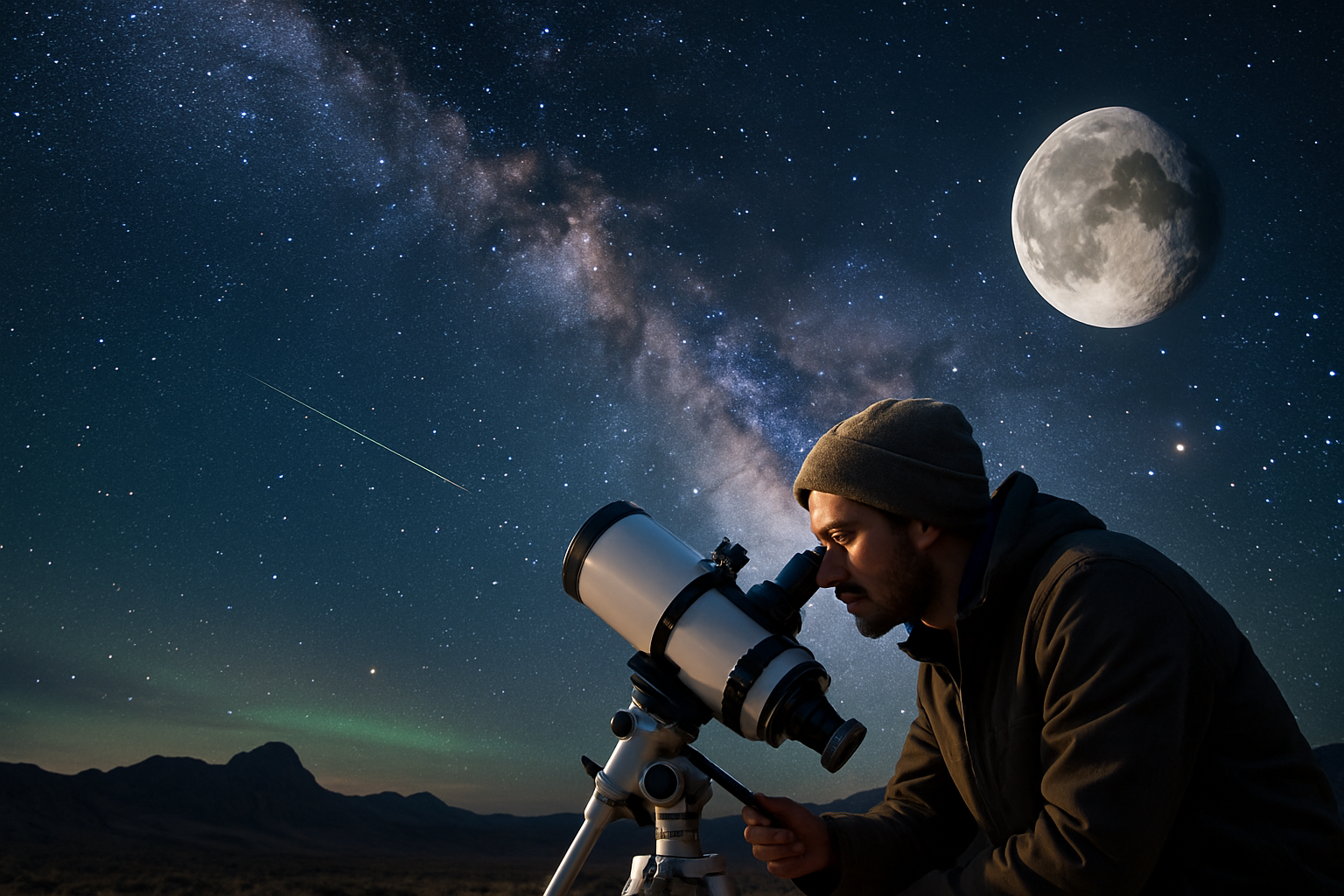Unveiling the Rise of Astrotourism: Stargazing Adventures Beyond Earth
Astronomy enthusiasts and adventurers alike are setting their sights on a new frontier of travel: the night sky. Astrotourism, the practice of journeying to dark-sky destinations for stellar observation, is rapidly gaining traction among travelers seeking unique experiences. This celestial pursuit combines the thrill of exploration with the awe-inspiring beauty of the cosmos, offering a fresh perspective on both our planet and the universe beyond.

Dark Sky Destinations: A New Travel Frontier
The International Dark-Sky Association (IDA) has been instrumental in promoting astrotourism by designating Dark Sky Places. These locations, ranging from remote islands to national parks, offer exceptional stargazing conditions with minimal light pollution. Notable destinations include the NamibRand Nature Reserve in Namibia, Aoraki Mackenzie in New Zealand, and Cherry Springs State Park in Pennsylvania, USA. These sites not only preserve natural nightscapes but also foster sustainable tourism practices.
The Science of Stellar Observation
Astrotourism isn’t just about casual stargazing; it’s deeply rooted in astronomical science. Many dark sky destinations offer guided tours led by professional astronomers, providing insights into celestial mechanics, star formation, and the latest discoveries in astrophysics. Advanced observatories and powerful telescopes allow visitors to peer into distant galaxies, witness the birth of stars, and even spot exoplanets, bridging the gap between recreational travel and scientific exploration.
Cultural and Economic Impact of Astrotourism
The rise of astrotourism has had a profound impact on local communities in dark sky regions. Small towns that once struggled with declining populations and limited economic opportunities are now seeing a resurgence as stargazers flock to their skies. This influx of visitors has led to the development of specialized accommodations, such as astronomer-designed hotels and glass-domed igloos, as well as astronomy-themed restaurants and educational centers.
Challenges and Conservation Efforts
While astrotourism offers numerous benefits, it also presents challenges. The influx of visitors to remote areas can strain local ecosystems and infrastructure. Additionally, the very popularity of these destinations threatens to increase light pollution. To combat these issues, many astrotourism sites are implementing strict lighting ordinances, visitor management strategies, and educational programs to promote responsible stargazing practices.
Celestial Travel Tips for Aspiring Astrotourists
-
Plan your visit around lunar cycles; new moons offer the darkest skies
-
Bring red-light flashlights to preserve night vision
-
Download stargazing apps for easy constellation identification
-
Pack warm layers; temperatures can drop significantly at night
-
Consider joining a local astronomy club for expert-guided experiences
-
Respect local communities and environments by following leave-no-trace principles
As we look to the stars for our next adventure, astrotourism offers a unique blend of science, nature, and wonder. This emerging trend not only satisfies our innate curiosity about the cosmos but also promotes conservation of our planet’s dark skies. By venturing into the night, travelers can gain a new appreciation for the vastness of the universe and our place within it, making astrotourism a truly transformative travel experience.




